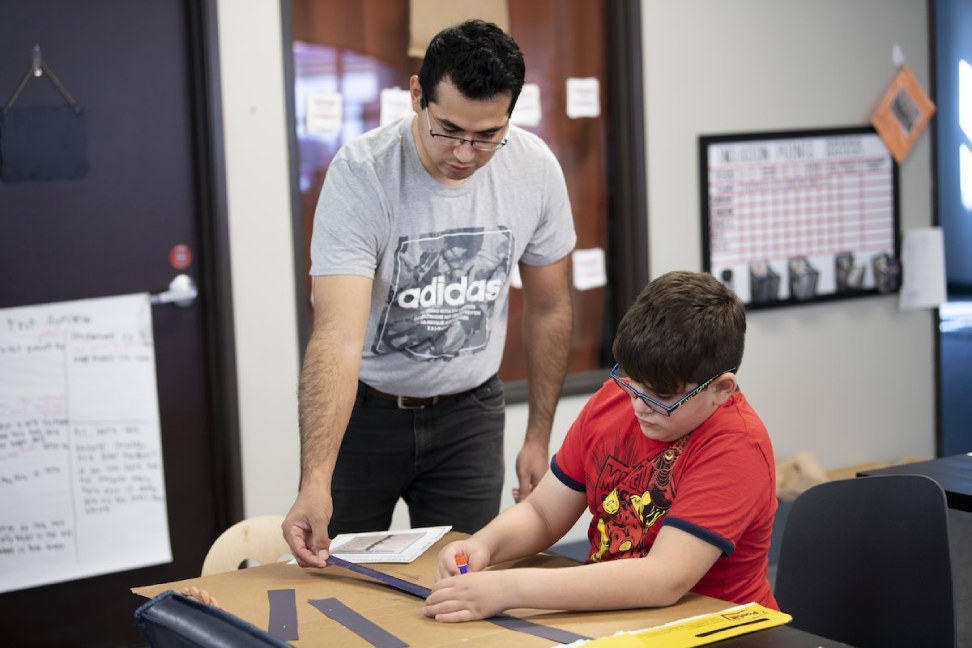Max66, Arsgroup777, ARS Group Exchange: Traditional education systems often struggle to accommodate diverse learning styles and individual paces of student progress. The one-size-fits-all approach adopted in many traditional classrooms can leave some students bored and unchallenged, while others may feel overwhelmed and left behind. This lack of personalization can hinder student engagement and hinder the overall effectiveness of the educational experience.
Moreover, traditional education systems often rely heavily on passive learning methods, such as lectures and memorization, which may not cater to the needs of all students. This can lead to a disconnection between students and the material being taught, resulting in limited retention of information and a lack of critical thinking skills development. Additionally, the rigid structure of traditional education systems can stifle creativity and curiosity, hindering students’ ability to explore and learn in a way that is meaningful to them.
Benefits of Personalized Learning
Personalized learning provides students with the opportunity to learn at their own pace and focus on their individual strengths and weaknesses. This tailored approach allows for a more customized learning experience, catering to the unique needs of each student.
Furthermore, personalized learning promotes student engagement by offering relevant and meaningful material that captures the students’ interests. By aligning the content with the students’ preferences and learning styles, personalized learning can enhance motivation and foster a deeper understanding of the subject matter.
Innovative Educational Technologies
Ars247, Wazeerexch, Peachexch: In the realm of education, technological advancements have revolutionized traditional teaching and learning methods. The integration of innovative educational technologies in classrooms has paved the way for more interactive and engaging learning experiences for students. From virtual reality simulations to AI-driven adaptive learning platforms, these tools provide educators with new opportunities to tailor their teaching approaches to meet the diverse needs of students.
Moreover, the use of educational technologies also fosters greater collaboration among students and offers a more personalized learning journey. By incorporating online discussion forums, collaborative project management tools, and virtual group activities, students can engage with course material in a more interactive and dynamic way. This not only enhances their understanding of the subject matter but also helps them develop essential skills such as critical thinking, problem-solving, and digital literacy.
� Virtual reality simulations offer immersive learning experiences
� AI-driven adaptive learning platforms personalize education for students
� Online discussion forums promote collaboration among students
� Collaborative project management tools enhance teamwork skills
� Virtual group activities encourage interactive engagement with course material
What are some challenges in traditional education systems?
Some challenges in traditional education systems include limited personalization, lack of engagement, and difficulty in adapting to individual learning styles.
How can personalized learning benefit students?
Personalized learning can benefit students by catering to their individual needs, interests, and learning styles, resulting in improved engagement, motivation, and academic performance.
What are some examples of innovative educational technologies?
Some examples of innovative educational technologies include virtual reality, artificial intelligence, gamification, and personalized learning platforms.
How can innovative educational technologies help address the challenges in traditional education systems?
Innovative educational technologies can help address the challenges in traditional education systems by providing personalized learning experiences, increasing engagement, and adapting to individual learning styles.
Are there any potential drawbacks to implementing innovative educational technologies?
Some potential drawbacks to implementing innovative educational technologies include cost, accessibility issues, and the need for proper training for teachers and students.
Additional:
- BNKU Stock – Is It Worth Investing In 2024?
- how long does it take to cancel spectrum internet
- what must an entrepreneur do after creating a business plan brainly

